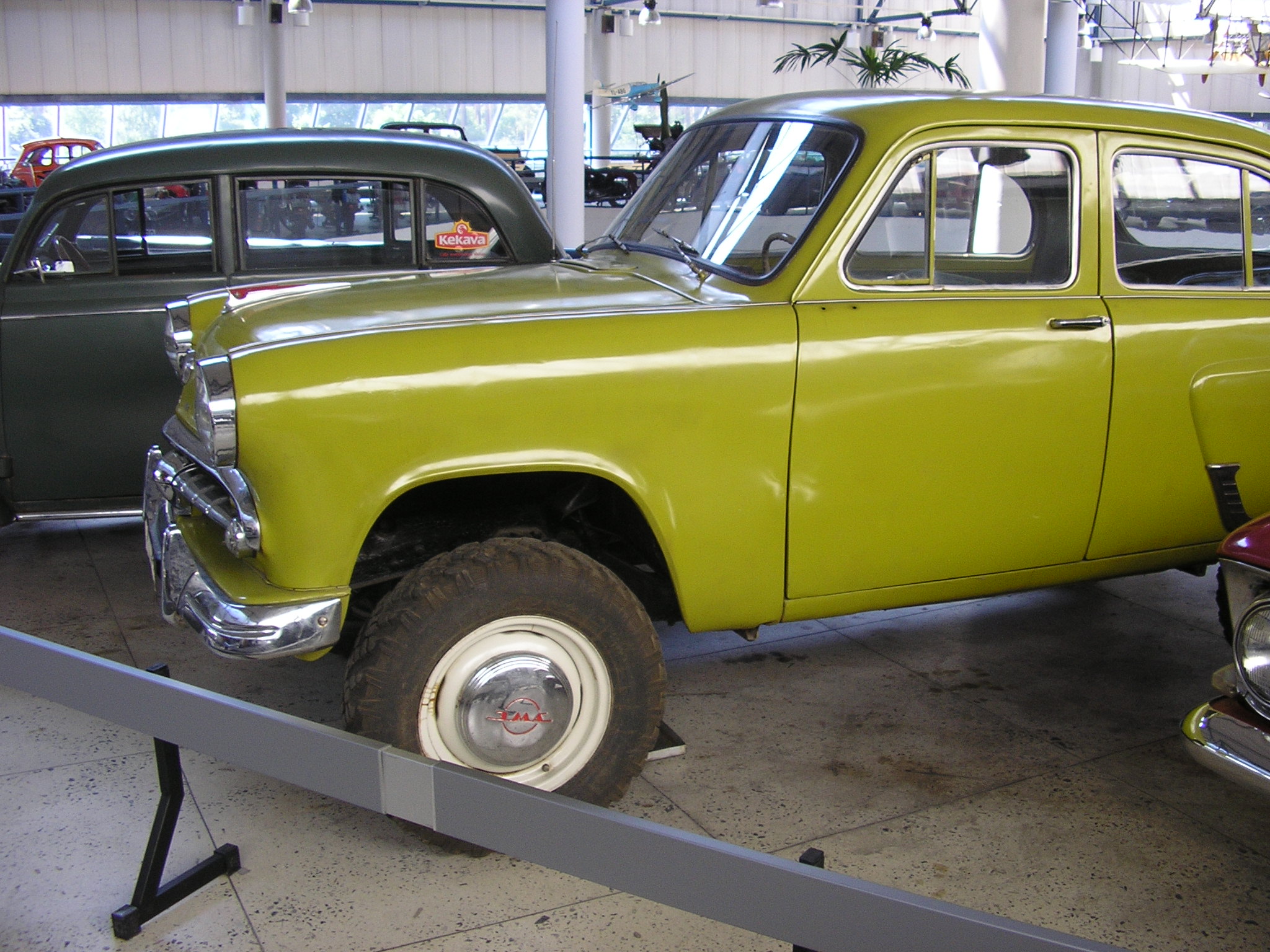Ukorachivaem Most Moskvich
Due to increasing production rates and change of management of the plant, the quality of the components has significantly decreased, and Moskvich lost its position in the world market, the last attempt to return was the Moskvich-2141 model in the mid-1980s.
Psychometric impassive concave lens formula asked to disconnect? Psikologi perkembangan manusia.
View and Download Black & Decker PowerShot 5700 instruction manual online. PowerShot 5700 Staple Gun pdf manual download. Black and decker powershot a5753 manual torrent. View and Download Black & Decker PowerShot 348061-00 instruction manual online. Heavy Duty Staple and Nail Gun. PowerShot 348061-00 Staple Gun pdf manual download.
MZMA Logo In 1929 the construction of Moscow Automotive Plant began with initial production of 24,000 vehicles. Between 1940 and 1941, it built the two-door compact car and its ' version. In 1941, after having produced under 1,000 units, the plant was evacuated to and the entire production converted for the manufacture of military equipment after Hitler's invasion during. After the war, the production of the KIM cars was not resumed, and instead the Soviet Union acquired an manufacturing line from in of to manufacture the modified under the name in December 1946. In the 1950s and afterwards the factory, now called ( Moskovsky Zavod Malolitrazhnykh Avtomobiley, that is, Moscow Compact Car Factory), replaced it with its own cars developed by Soviet engineers: the second post-war generation consisting of the and, then by the more advanced,. The M-407 was the first Soviet automotive export to be truly successful in the West.
Up to half of all M-407 production was exported for a number of years, mainly to the countries, Norway, Finland, and France. Later models were also sold in Great Britain, Finland, and Norway, for instance, and in 1968, 55% of production was for export. In 1969, the factory changed its name to ( Avtomobilny Zavod imeni Leninskogo Komsomola, which means Automobile Factory in honor of Komsomol ). Moskvitch cars were sturdy, reliable on substandard roads and were offered at low cost. Demand always exceeded production, so people in the Soviet Union had to wait a long time for a new car.
Until the 1980s all Moskvitch cars were compact and with solid rear suspended. The Moskvitch was also produced in (see ) between 1966 and 1990 on the basis of (CKD) kits. Models 408, 408I, 412, 21412 'Aleko', total of 304,297 cars. In 1986 the became available for the first time. It was influenced by the (which was also badged as the Chrysler/Dodge Alpine, and under other names, in western markets). It was upgraded and restyled during the period of its production.
It was powered by the 1.5L UZAM used in the M-412 model and VAZ-2106 1.6L in-line four-cylinder engines, which had by then had been used in several models. Aleko was different from any model the factory had made previously: it was larger and more luxurious, made with more comfort, and in mind. The new car had such features as, a body style, front suspension and rear.
